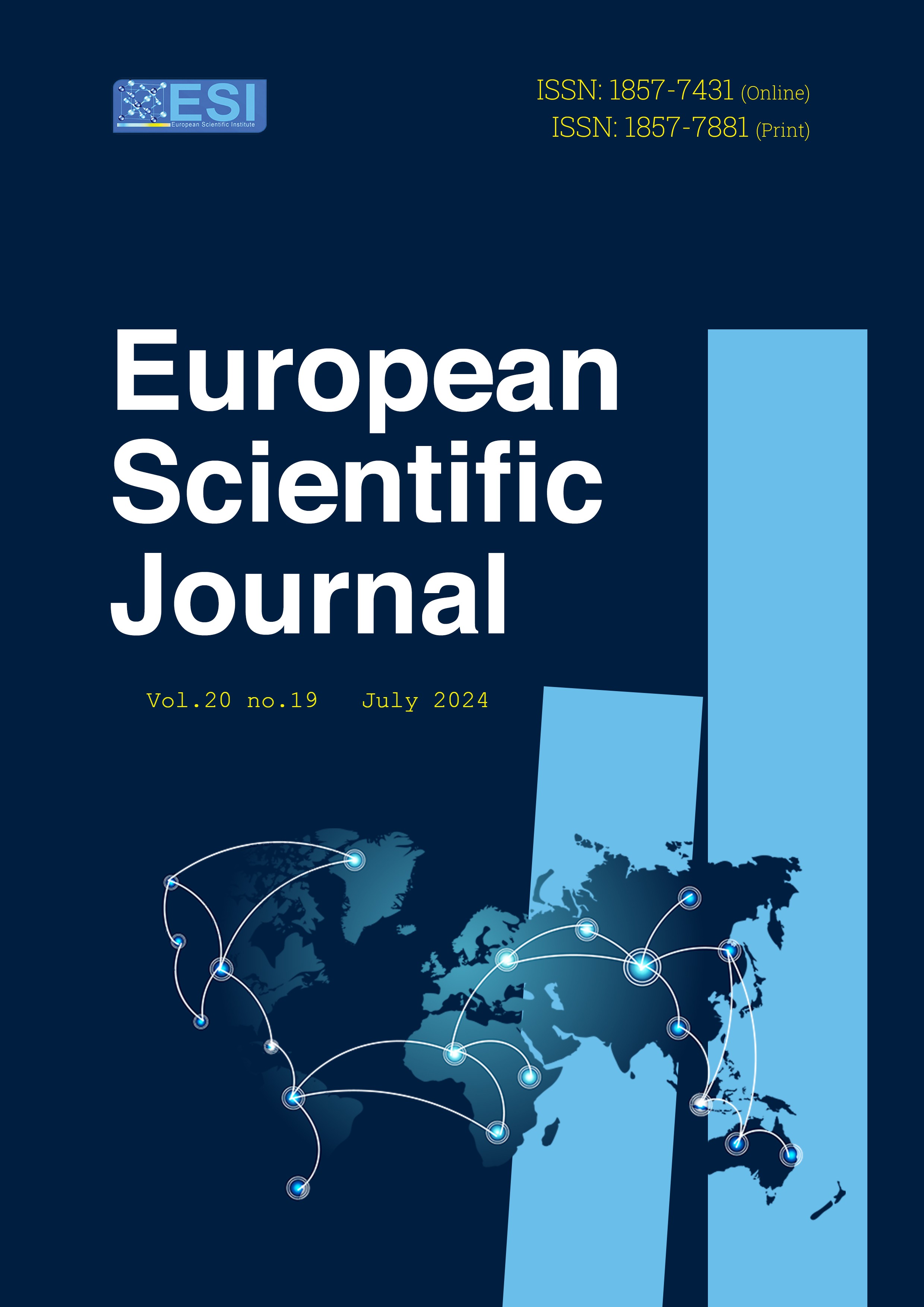Risk-Based Asset Allocation in Factor Investing: Exploring the Inverse Factor Volatility Strategy
Abstract
This study evaluates the effectiveness of the Inverse Factor Volatility strategy within the context of factor investing, comparing its performance to the conventional Risk Parity strategy. Using quantitative techniques, including portfolio construction and performance metrics analysis, this research employs data from five individual equities spanning the years 2000 to 2022. The methodology involves constructing portfolios based on Inverse Factor Volatility and Risk Parity principles and analyzing performance metrics, including mean returns, risk-adjusted returns, and drawdowns. The findings indicate that, compared to Risk Parity, Inverse Factor Volatility offers superior drawdowns, risk-adjusted returns, and mean returns. These results suggest that Inverse Factor Volatility may be a more effective strategy for portfolio management and could represent an advancement over traditional factor investing methods. The conclusions of this study hold significant implications for portfolio managers seeking to optimize their investment strategies.
Downloads
Metrics
PlumX Statistics
References
2. Qian, E. E. (2016). Risk parity fundamentals. Chapman & Hall/CRC.
3. Bellini, F., Cesarone, F., Colombo, C., & Tardella, F. (2021). Risk Parity with Expectiles. European Journal of Operational Research, 291(3), 1149–1163. https://doi.org/10.1016/j.ejor.2020.10.009
4. Bhansali, V., Davis, J., Dorsten, M. P., & Rennison, G. (2012). The Risk in Risk Parity: A Factor-Based Analysis of Asset-Based Risk Parity. Journal of Investing, 21(1), 102–110. https://doi.org/10.3905/joi.2012.21.3.102
5. Bessler, W., Taushanov, G., & Wolff, D. (2021). Factor Investing and Asset Allocation Strategies: A Comparison of Factor Versus Sector Optimization. Journal of Asset Management, 22(6), 488–506. https://doi.org/10.1057/s41260-021-00225-1
6. Blitz, D., & Van Vliet, P. (2007, April 17). The volatility effect: Lower risk without lower return. SSRN. https://papers.ssrn.com/sol3/papers.cfm?abstract_id=980865
7. Burggraf, T. (2021). Beyond Risk Parity – A Machine Learning-Based Hierarchical Risk Parity Approach on Cryptocurrencies. Finance Research Letters, 38, 101523. https://doi.org/10.1016/j.frl.2020.101523
8. Choi, J., Kim, H., & Kim, Y. S. (2021). Diversified Reward-Risk Parity in Portfolio Construction. Social Science Research Network. https://doi.org/10.2139/ssrn.3871944
9. Clarke, R. G., De Silva, H., & Thorley, S. (2006). Minimum-Variance Portfolios in The U.S. Equity Market. Journal of Portfolio Management, 33(1), 10–24. https://doi.org/10.3905/jpm.2006.661366
10. Costa, G., & Kwon, R. (2020). Data-Driven Distributionally Robust Risk Parity Portfolio Optimization. Social Science Research Network. https://doi.org/10.2139/ssrn.3709680
11. Di Persio, L., Garbelli, M., Mottaghi, F., & Wallbaum, K. (2023). Volatility Forecasting with Hybrid Neural Networks Methods for Risk Parity Investment Strategies. Expert Systems With Applications, 229, 120418. https://doi.org/10.1016/j.eswa.2023.120418
12. Dong, B., Xu, W., Sevic, A., & Sevic, Z. (2020). Efficient Willow Tree Method for Variable Annuities Valuation and Risk Management. International Review of Financial Analysis. International Review of Financial Analysis, 68, 101429. https://doi.org/10.1016/j.irfa.2019.101429
13. Fama, E. F., & French, K. R. (1992). The Cross-Section of Expected Stock Returns. The Journal of Finance, 47(2), 427–465. https://doi.org/10.2307/2329112
14. Fama, E. F., & French, K. R. (1993). Common Risk Factors in the Returns on Stocks and Bonds. Journal of Financial Economics, 33(1), 3–56. https://doi.org/10.1016/0304-405X(93)90023-5
15. Fama, E. F., & French, K. R. (2015). A Five-Factor Asset Pricing Model. Journal of Financial Economics, 116(1), 1–22. https://doi.org/10.1016/j.jfineco.2014.10.010
16. Jegadeesh, N., & Titman, S. (1993). Returns to Buying Winners and Selling Losers: Implications for Stock Market Efficiency. The Journal of Finance, 48(1), 65–91. https://doi.org/10.1111/j.1540-6261.1993.tb04702.x
17. Lee, T. K., & Sohn, S. Y. (2023). Alpha-Factor Integrated Risk Parity Portfolio Strategy in Global Equity Fund of Funds. International Review of Financial Analysis, 88, 102654. https://doi.org/10.1016/j.irfa.2023.102654
18. Li, X., Uysal, A. S., & Mulvey, J. M. (2021). Multi-Period Portfolio Optimization Using Model Predictive Control with Mean-Variance and Risk Parity Frameworks. European Journal of Operational Research, 299(3), 1158–1176. https://doi.org/10.1016/j.ejor.2021.10.002
19. Neisy, A., & Bidarvand, M. (2019). An Inverse Finance Problem for Estimating Volatility in American Option Pricing Under Jump-Diffusion Dynamics. Journal of Mathematical Modeling, 7(3), 287–304. https://doi.org/10.22124/jmm.2019.13082.1258
20. Stankov, K., Schiereck, D., & Flögel, V. (2024). Cost Mitigation of Factor Investing in Emerging Equity Markets. Journal of Asset Management. https://doi.org/10.1057/s41260-024-00353-4
21. Shimizu, H., & Shiohama, T. (2020). Constructing Inverse Factor Volatility Portfolios: A Risk-Based Asset Allocation for Factor Investing. International Review of Financial Analysis, 68, 101438. https://doi.org/10.1016/j.irfa.2019.101438
22. Wu, L., Feng, Y., & Palomar, D. P. (2020). General Sparse Risk Parity Portfolio Design Via Successive Convex Optimization. Signal Processing, 170, 107433. https://doi.org/10.1016/j.sigpro.2019.107433
Copyright (c) 2024 Claudia Perez

This work is licensed under a Creative Commons Attribution 4.0 International License.








